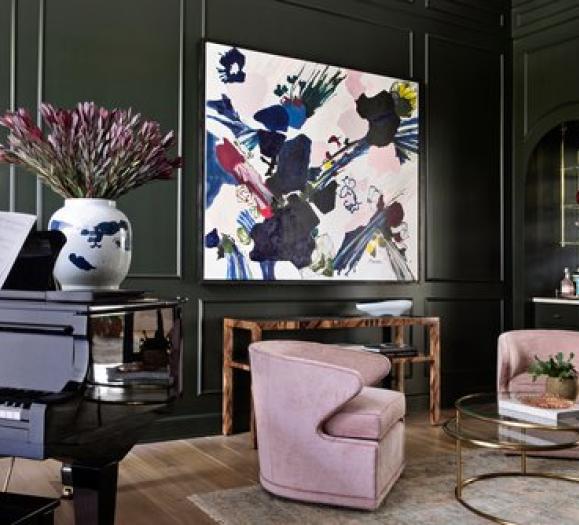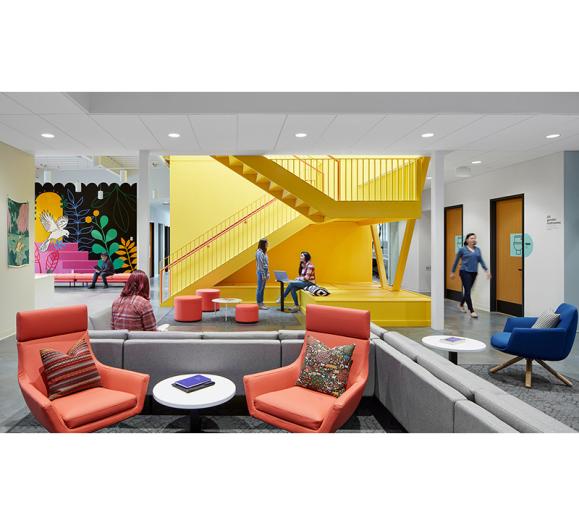Wood furniture has the remarkable ability to infuse warmth, elegance and a touch of nature into any space. Within the ever-evolving world of design, consumers have begun gravitating toward specific wood colors and finishes, helping to create a harmonious and visually appealing home environment. In this Q&A with Sherwin-Williams DesignHouse Marketing Manager Ricky McDaniel and Marketing Specialist Eric Crosby (based on insights from M.L. Campbell), we explore popular wood furniture colors and why they appeal to the consumers of today.
What can you tell us about current wood furniture color preferences among consumers?
There are a wide range of stain colors on the market today. Light-toned, blond and a natural wood color are the most preferred by designers. Brown is now the most popular finish color for furniture, especially rich chocolate browns. Dark tones like ebony and espresso appear to be making a return now that grays are on their way out. Mid-tone-colored finishes are only second to brown and includes the popular mushroom and fawn colors.
How have these colors evolved over the years?
Over the years colors that are derived from nature have been appearing more frequently on showroom floors in both commercial and residential categories. Browns have been making a return as grays have saturated the market and are on the downside of the trend curve. The mid-tones have become the most popular colors in both furniture and kitchen cabinetry because of how well they work with accent colors, earth tones and neutrals that are so popular today. Credit for these colors has to be given to the pronounced grain and ticking of natural wood that is so desirable today.
Which wood species or finishes are consumers choosing?
Preferred wood species today are quartered oak and ash, split heart oak, elm, hickory, wormy maple and walnut.
What about these choices appeal to the consumer?
As environmental concerns increase, sustainable and recycled materials are going to widen in scope. For many people, recycled materials have come to be associated with a mulchy surface effect which when translated to color, is very desaturated and soft. These desaturated colors fit the attitude of being one with nature, are great with other colors and will work well with indoor or outdoor environments.
What lifestyle factors influence wood types among consumers?
Most consumers today have a desire for lower maintenance products in their home and for those products to be made of authentic materials. The desire for more eco friendly products will change what we expect from sustainable colors and finishes in the future.
How do manufacturers and retailers stay ahead of consumer desires/wood furniture color trends?
The best way to stay ahead of trends is to keep an eye out for what is happening overseas and within other industries, such as fashion, transportation and architecture. Following what is happening in Europe will give you an advantage as to what will eventually become popular in the U.S. Knowing exactly when a trend will reach its tipping point is the challenge.
How will wood furniture trends and preferences continue to evolve?
The mixing of color, style and texture will be the way going forward. We are starting to see more two-toned furniture, where the casing is one color or species, and the drawer fronts are something with a texture, different species, color or material. We’re seeing biophilic influences in design and architecture through an increasing preference for sustainable products. The industry is shifting forward to meet the needs of consumers who are looking to live with products that mirror the environment around them.







